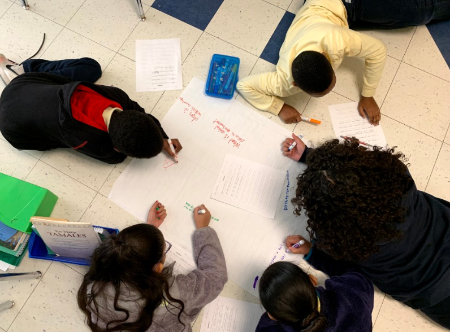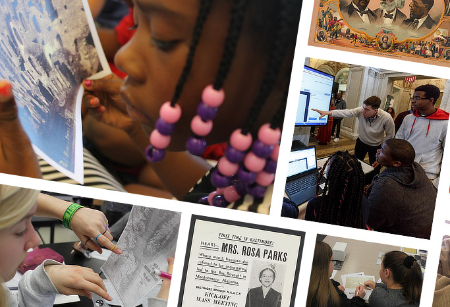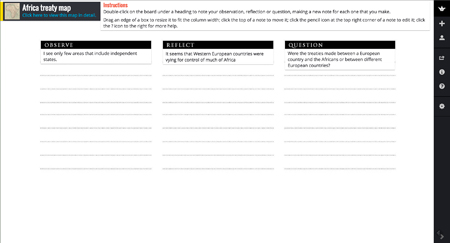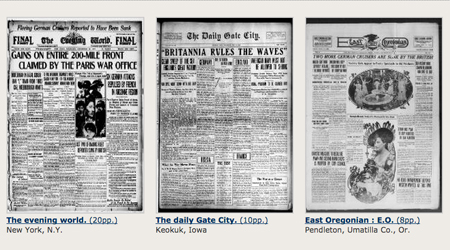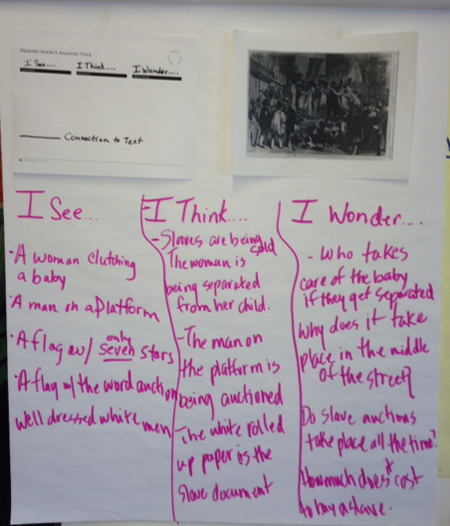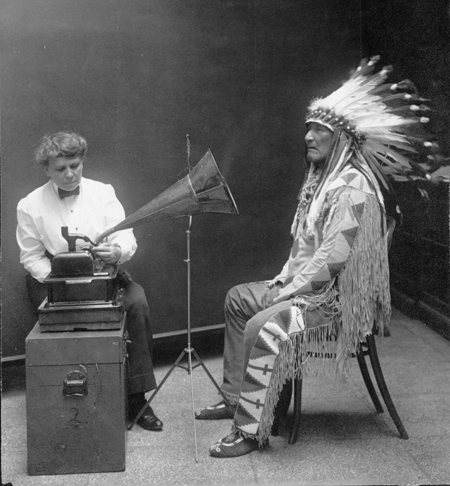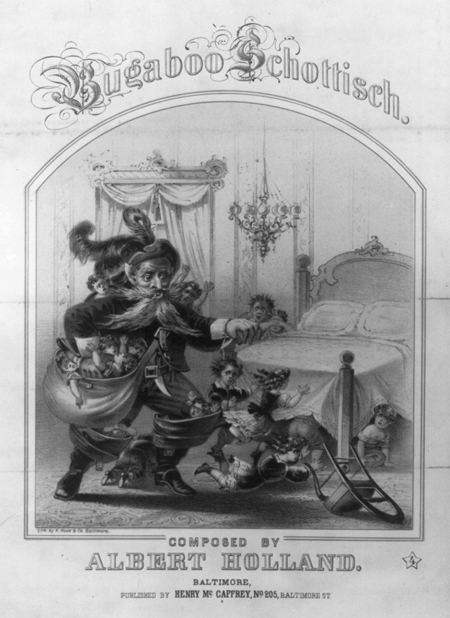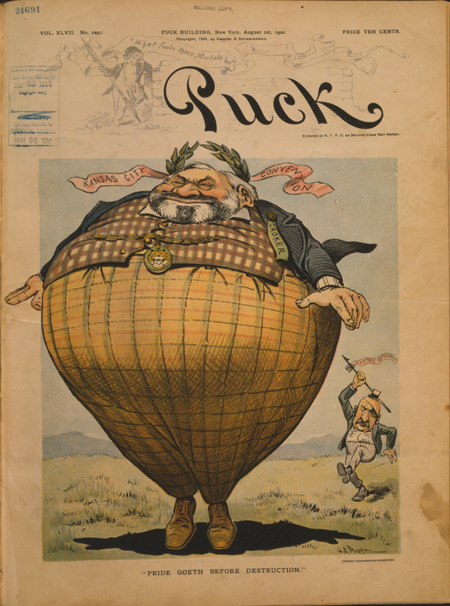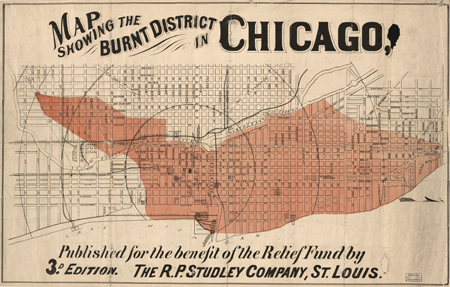TPS Spotlight: Right Question Institute
The Right Question Institute (RQI) is an educational nonprofit that aims to make democracy work better by teaching a strategy that allows all people to learn to ask better questions and participate more effectively in decisions that affect them. RQI’s education program offers online courses and free resources on the Question Formulation Technique (QFT), a…

